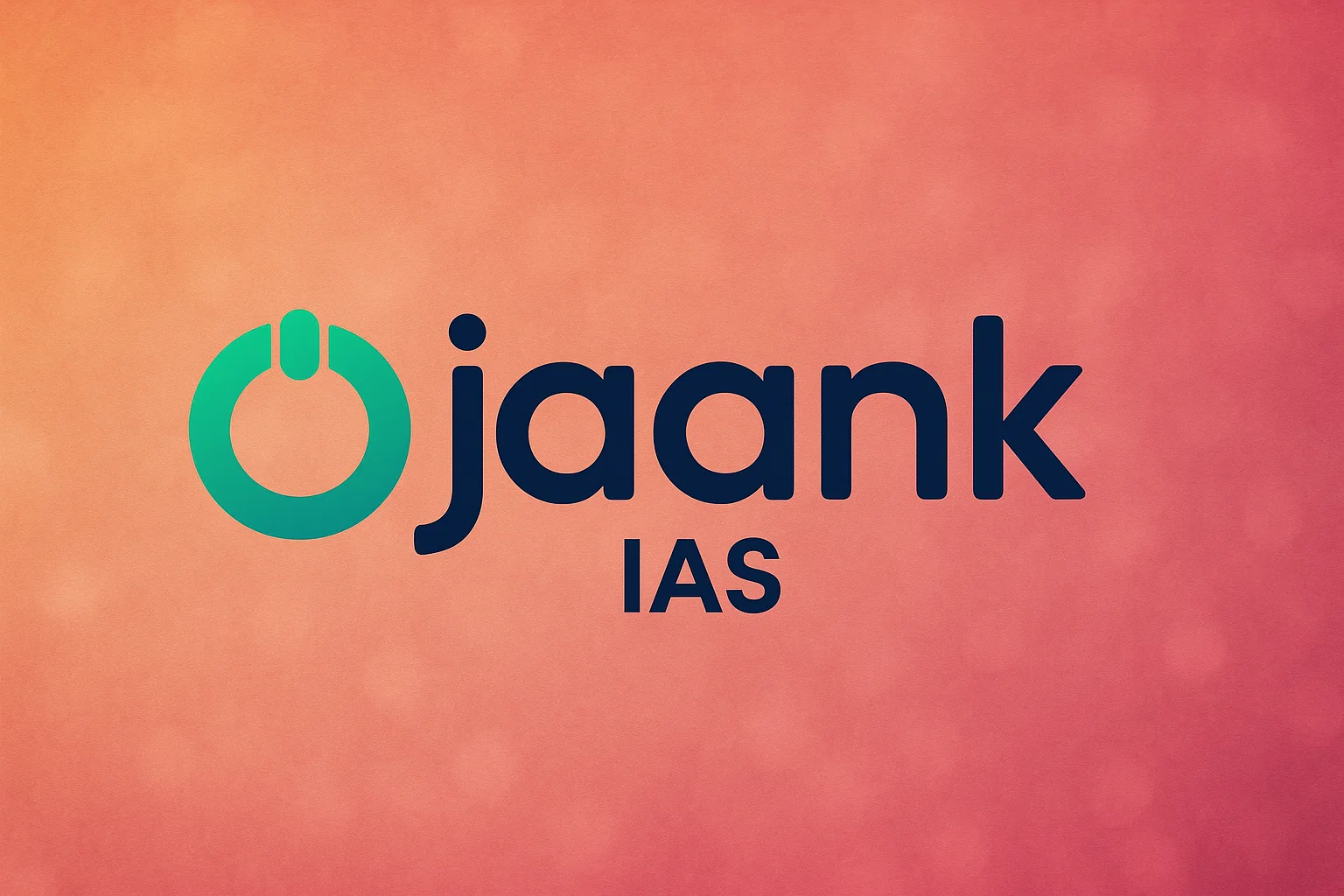Credit in Crisis: The Untold Impact of Policy Freezes on National Progress and Growth

In a landscape marred by non-performing assets, deceptive maneuvers, and a cessation of policy advancements, the document omits the era of economic growth. The manifesto's essence is unmistakably political, heralding the commencement of strategic delineations for the 2024 electoral skirmish. Echoing the Prime Minister Narendra Modi's incisive critique against the Congress in his recent parliamentary discourses, the narrative sets a confrontational stage.
Authored by the Union Finance Ministry, the White Paper on the Indian Economy undertakes a distinctly political posture from its inception, departing from conventional neutrality. This deviation, noted by several past Finance Secretaries, underscores an institutional blurring of lines between the Ministry and the broader Government apparatus.
The exposition proceeds to underscore the economic tribulations under the United Progressive Alliance's decade-long reign, from burgeoning bad loans to rampant inflation, a cascade of corruption scandals, and a state of policy immobilization. This clear political undertone aims to sculpt the pre-electoral battleground.
Curiously, the document overlooks the UPA's vaunted economic milestones, particularly the notable GDP expansion during its initial term, marked by an 8.8% compound annual growth rate from 2004-05 to 2008-09. Instead, it attributes this growth spurt to residual impacts of preceding governmental reforms and propitious global circumstances, thus presenting a selective chronicle of UPA's downturns juxtaposed against the NDA's triumphs.
Despite Morgan Stanley's 2013 classification of India among the "fragile five" economies and its subsequent ascension to a top-five GDP stature—as the White Paper remarks—the narrative selectively omits the persistent challenges throughout UPA's tenure.
The document further scrutinizes the policy stagnation and fiscal mismanagement marking the twilight of the UPA era, albeit acknowledging external factors like the US Federal Reserve's tapering actions and soaring crude oil prices as catalysts for inflationary pressures.
Highlighting the UPA's fiscal prudence in 2007-08 and resilience amidst the 2008 global financial crisis, the paper subtly downplays the crisis's impact, despite India's robust recovery facilitated by timely governmental interventions as elucidated in Finance Minister Pranab Mukherjee's 2011 discourse.
The treatise, while extolling the NDA's decade-long reforms—including the GST and IBC, augmented capital expenditure, and banking sector clean-up—also hints at prevailing employment stress, as evidenced by improved yet misleading unemployment rates and the rising trend of unpaid labor, juxtaposed against a shrinking salaried workforce.
This nuanced exposition, striving for depth and uniqueness in its articulation, endeavors to convey the complexities and achievements within India's economic landscape, adopting an optimistic and informative tone.